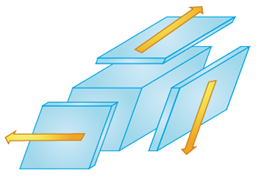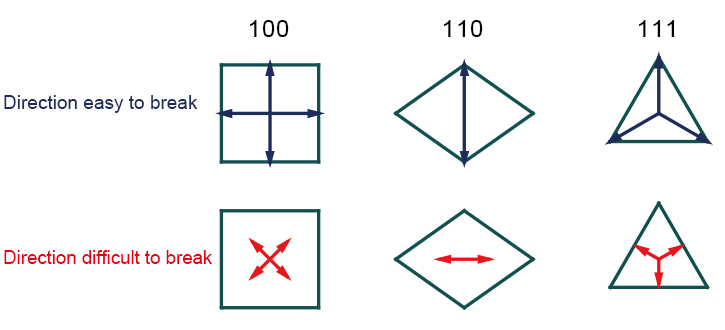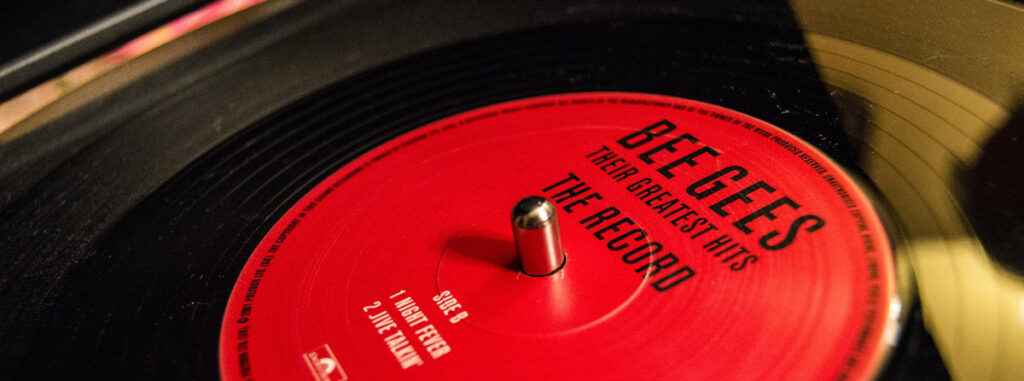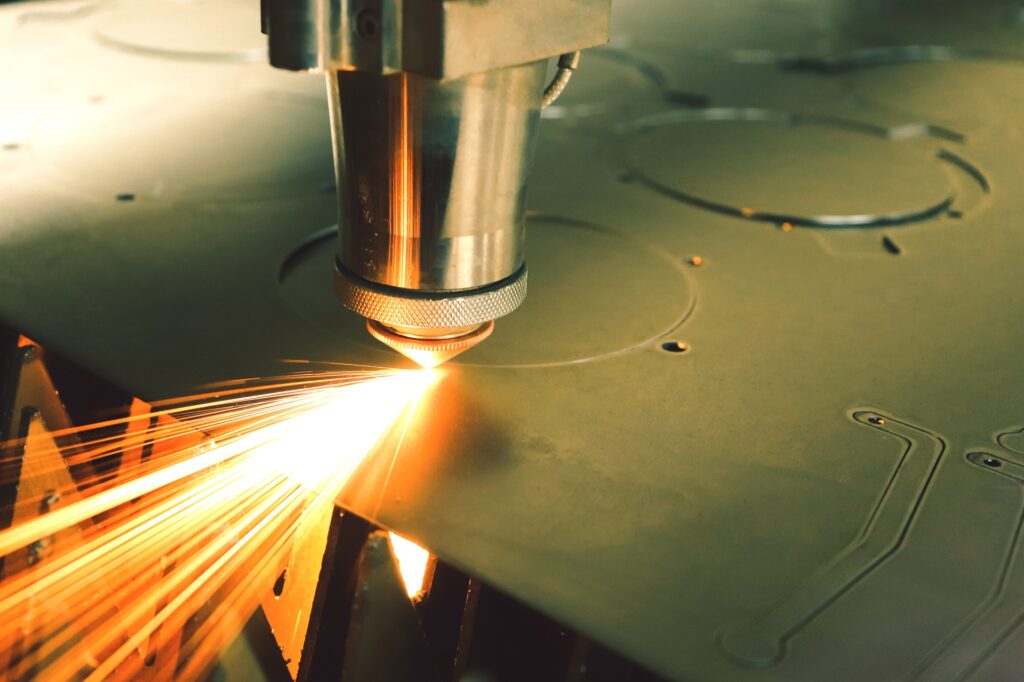Cleavage of Jewel

Table of contents [close]
What is Cleavage of Jewel

The word 'cleavage' originally referred to 'tearing and opening'. It has a characteristic that plane of a mineral burst open by cutting move the face of a plane with a blade like knives. Since the bonding strength between the atoms, ions and molecules of a direction perpendicular to a certain specific plane is weak, a crystal can have the character to be easily divided in directions parallel to the cleavage plane. Since there are six directions, adopting the right strategy makes it easier to process such a hard jewelry.
Six directions of cleavage
| One direction | Mica |
|---|---|
| Two directions | Amphibole |
| Two directions | Calcite |
| Four directions | Fluorite |
| Six directions | Sphalerite |
| No cleavage | Quartz |
Moreover, there are some crystals in which the cleavage breaks regularly, whereas in others it breaks irregularly. This is called a 'fracture'. The fracture happens if there is no cleavage or even if there’s cleavage that breaks in a different direction. Neither quartz nor Garnett have cleavage, and when divided forcibly, a cross section will have the shape of a shell or an irregular form. Besides, it can assume a variety of shapes like earthy, needle-like, flat-shape and so forth.
Diamond cleavage (octahedron)

-
History of Stylus Tip and Gramophone Record

-
Award: Industrial Standardization Enterprise Award

-
What is an audio accessory? An overview and detailed explanation of products [Part 2]

-
History of Orbray crystal glass [Story of Watch 3]

-
All About Lasers: How they work, their properties, and their uses

-
Crystal of Jewel



